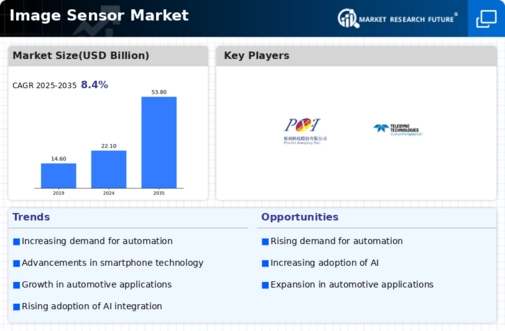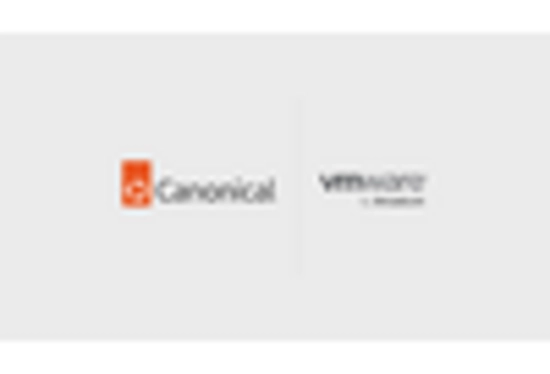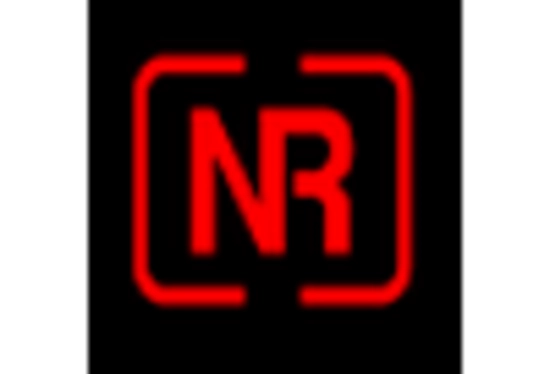Market Share
Image Sensor Market Share Analysis
The Image Sensor Market is a highly competitive and dynamic industry, witnessing continuous technological advancements and evolving consumer demands. Within this environment, different market share positioning strategies are used by companies to acquire a competitive advantage and increase their market presence. Differentiation is one of the common approaches wherein companies emphasis on providing distinctive and superior functionality in image sensors. This can be in the form of better resolutions, increased sensitivity or new technologies such as back-illuminated sensors. To emphasize these unique features, such companies want to attract those clients who need modern innovations and establish themselves as leaders in some markets.
Another important strategy implemented by companies in the Image Sensor Market is cost leadership. Other companies concentrate on improving manufacturing procedures and lowering the price of image sensors for better affordability. This approach seeks to attract a wider group of consumers including in price-sensitive markets and increase the overall market share by making it more affordable. Cost leadership is only achieved through effective supply chain management and attention to the quality of products despite cost limitations.
Companies also find a focus strategy, focusing on particular applications or sectors of the broader Image Sensor Market. For instance, a company may focus on manufacturing image sensors for medical imaging systems or automotive applications or as used in security surveillance. However, this selective strategy enables companies to develop products that meet the specific demands of a particular niche by deploying solutions compliant with customer needs. Specializing in particular segments, companies may establish a high-quality reputation and obtain huge market shares for those areas.
Market Share Positioning in the Image Sensor market includes collaboration and partnerships. Companies then usually forge strategic partnerships with camera builders, smartphone developers or other high tech competitors to embed their image sensors into an expanded product line. These collaborations result to co-investment projects which guarantee that image sensors are smoothly incorporated in the most recent devices. Through partnerships with major players in the linked industries, firms can capitalize on each other’s strengths and setup a variety of solutions that would broaden market coverage and serve to build up an establishment.
Innovation is the soul of Image Sensor Market, and companies who follow R & D become leaders in competition. Keeping these advantages ahead of competition, it is necessary to further advance the sensor technology as well as search for new materials and create smaller, more energy-efficient sensors. Innovations such as 3D sensing, time-of-flight sensors, and stacked sensor architectures contribute to companies' market share by offering solutions that meet emerging industry demands and trends.
















Leave a Comment